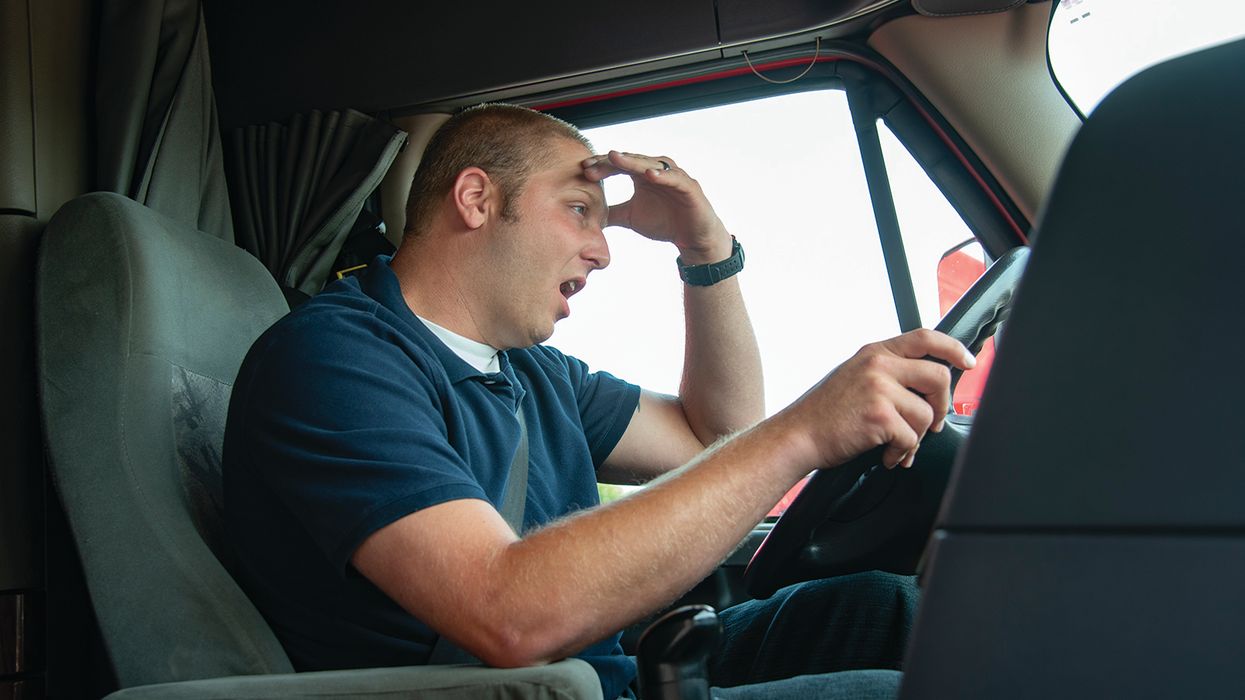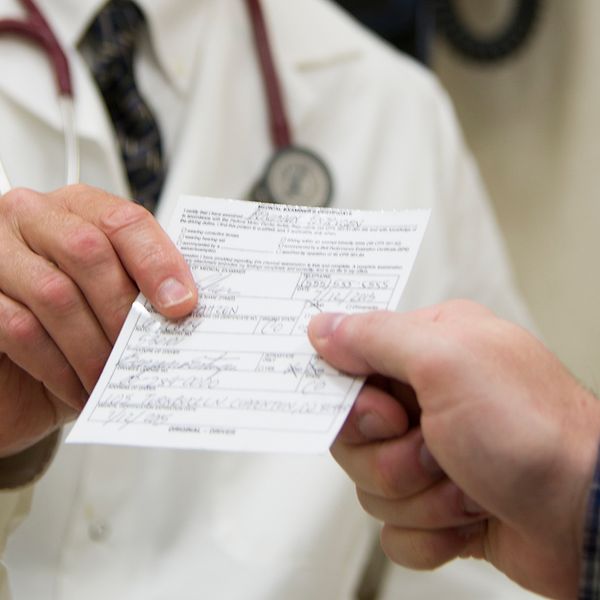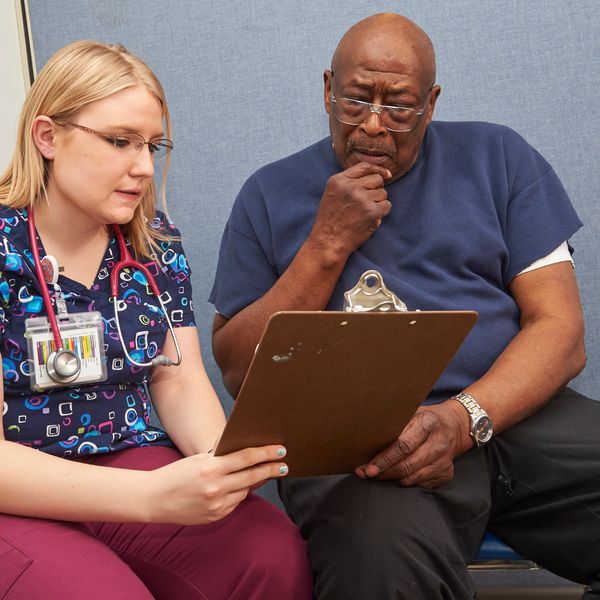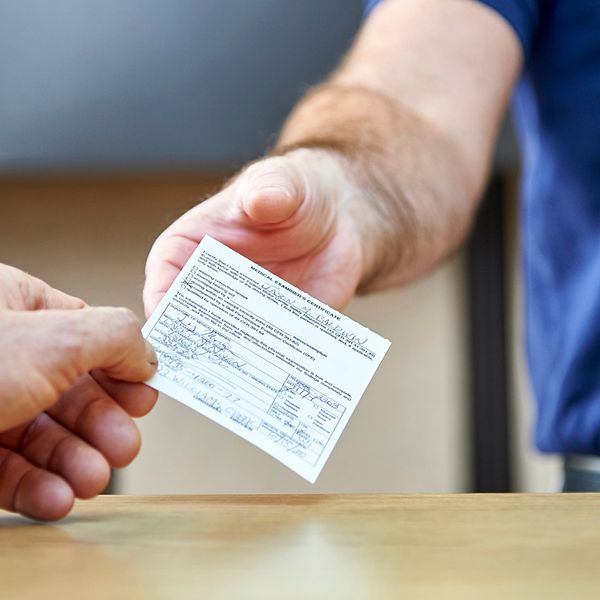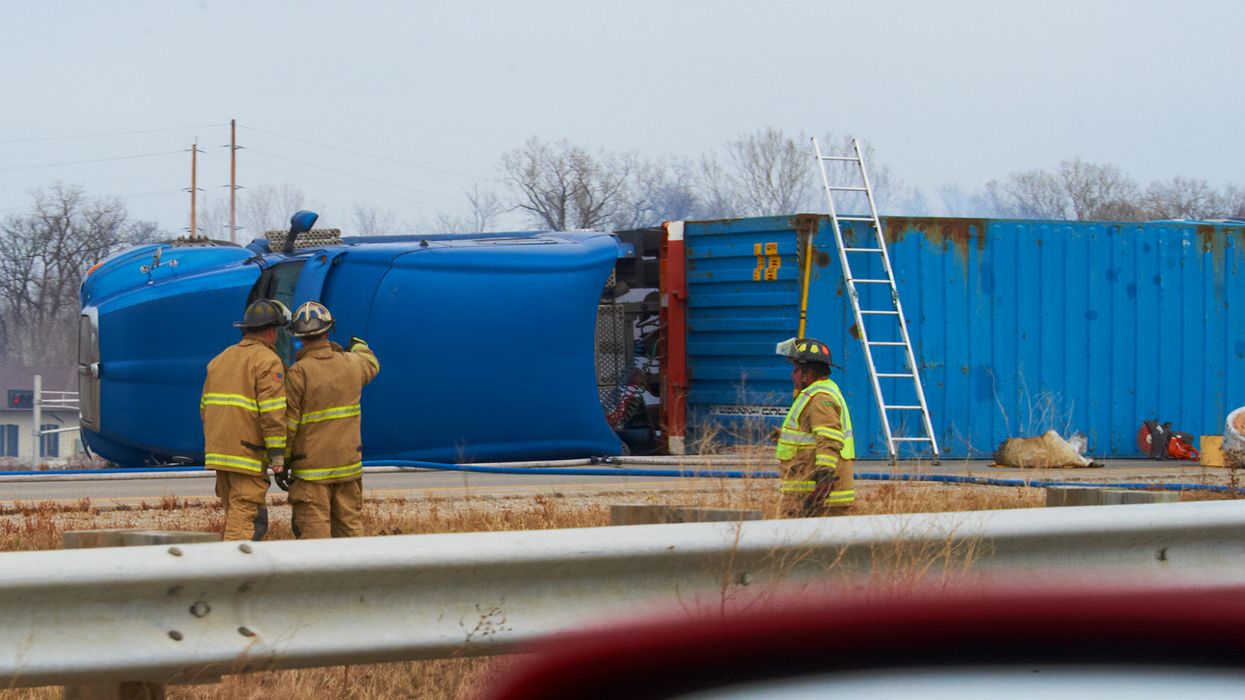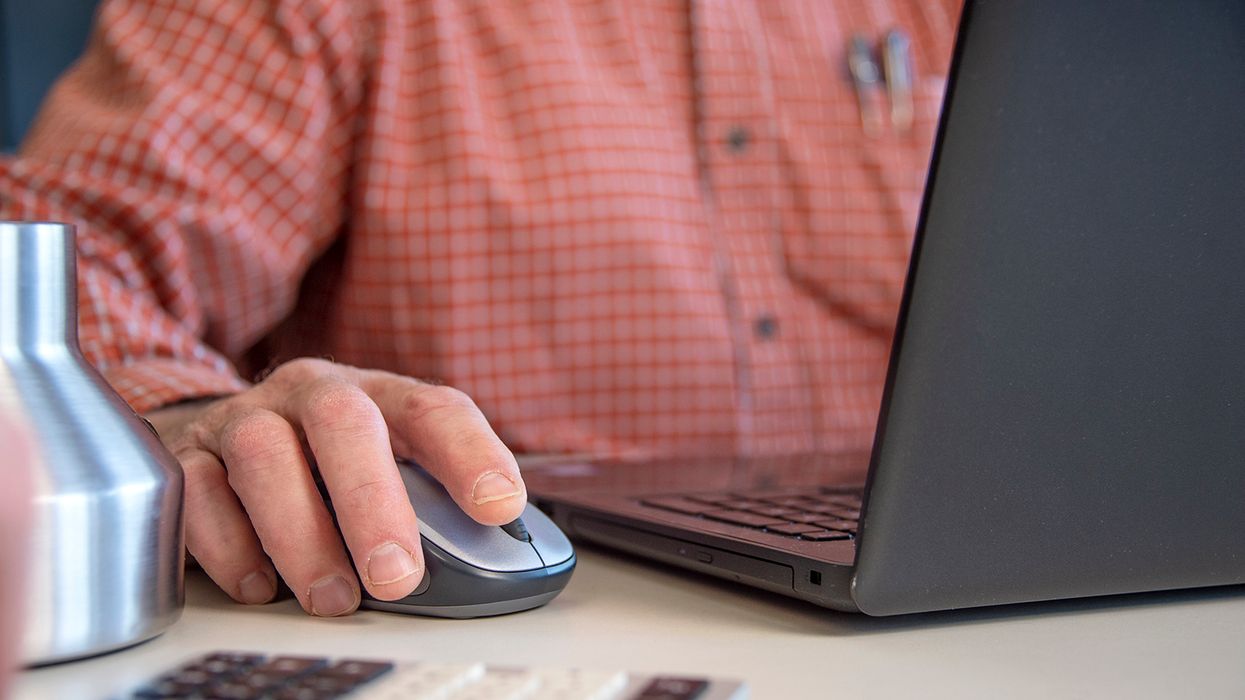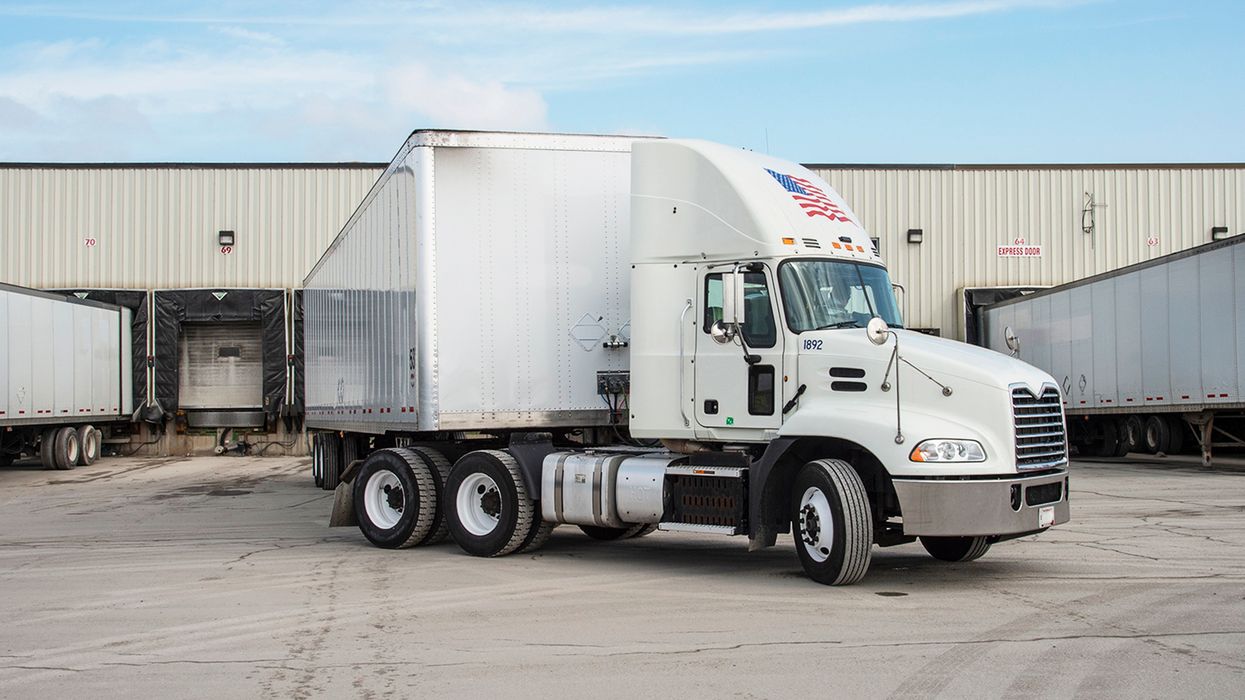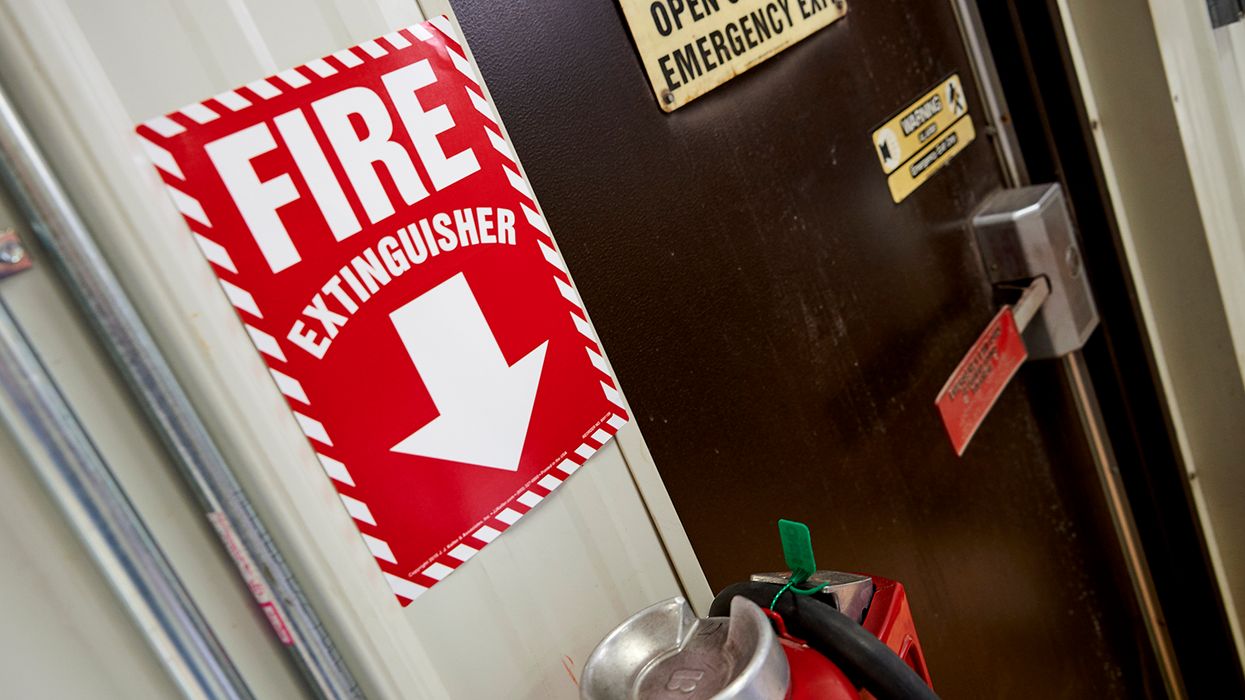Weekly WWYD: What you need to know if one of your drivers may have untreated sleep apnea
How many of your drivers might have a sleep disorder severe enough to cause fatigue while operating your commercial motor vehicle (CMV)? According to the American Medical Association, more than 30 million people have sleep apnea in the United States, which means that at least 9% have this or a similar disorder. Given the sedentary lifestyle and diet of many drivers, the percentage of the driver population with untreated sleep apnea may be higher.
What would you do if you suspect a driver may have sleep apnea?
You noticed that one of your drivers:
- Frequently nods off in the break room, waiting for their next run;
- Has data showing unintended lane departures most days of the week between 2:00PM and 3:00PM; and
- They have been irritable for about a month, which is out of character based on the few years you have known them.
A driver is medically disqualified if they have a history or clinical diagnosis of a respiratory dysfunction likely to interfere with their ability to safely control a CMV. Before reading the rest of the article below, check out the scenario at this link to see what should be done. Click through to see the answer as well as the scenario choices.
4 FAQs related to drivers who may have sleep disorders
1. What are certified medical examiners (CME) required to do when assessing a driver for respiratory dysfunction?
The driver is asked on the "long form" or Medical Examination Report (MER) about whether they have daytime sleepiness, a sleep disorder, or snore loudly and if they have ever had a sleep test. From that, the CME assesses the likelihood of a safety issue with the final certification decision up to the CME.
However, there is no regulatory mandate to test for sleep disorders (respiratory dysfunction) if specific criteria are met, such as body mass index (BMI) or neck size.
If an unsafe condition is suspected, CME "should” (recommended but not required):
- Confer with the driver's treating provider, or
- Refer a driver to a specialist for further evaluation and therapy.
2. What happens after a sleep study?
Sleep studies measure the Apnea-Hypopnea index (AHI), which is how often per hour a person stops breathing. Options depending on severity, are:
- If severe, the CME could require at least 30 days of compliant treatment with the continuous positive airway pressure (CPAP) machine before issuing a certification. The driver is disqualified until they receive a medical card.
- If moderate, the CME could put the exam in "determination pending"status for up to 45 days while the driver is treated. If the driver’s current medical card is not expired, they can drive up to and on the expiration date, but not past the “determination pending” date.
- If mild, the driver may not require treatment and could receive a medical card.
3. What do CMEs consider compliant use with a CPAP machine?
Generally, compliant use is where the driver uses the machine for at least 4 hours per night for 70% of the sleep periods for at least 30 days. The good news is that crash rates when drivers are treated, are as good or better than people without sleep apnea.
4. What else is considered in the driver's certification decision?
Upon being referred for a sleep evaluation, drivers can go to another CME for a second opinion. However, it would be extremely risky for the carrier or the driver to go to another CME after a sleep study referral. The driver must share the same medical history information with the second CME or possibly be subject to civil action per FMCSA for falsifying a medical exam.
Key to remember: A CME is not required by regulation, to refer a driver with suspected sleep apnea or body characteristics for a sleep study, and the final certification decision rests with the CME.

